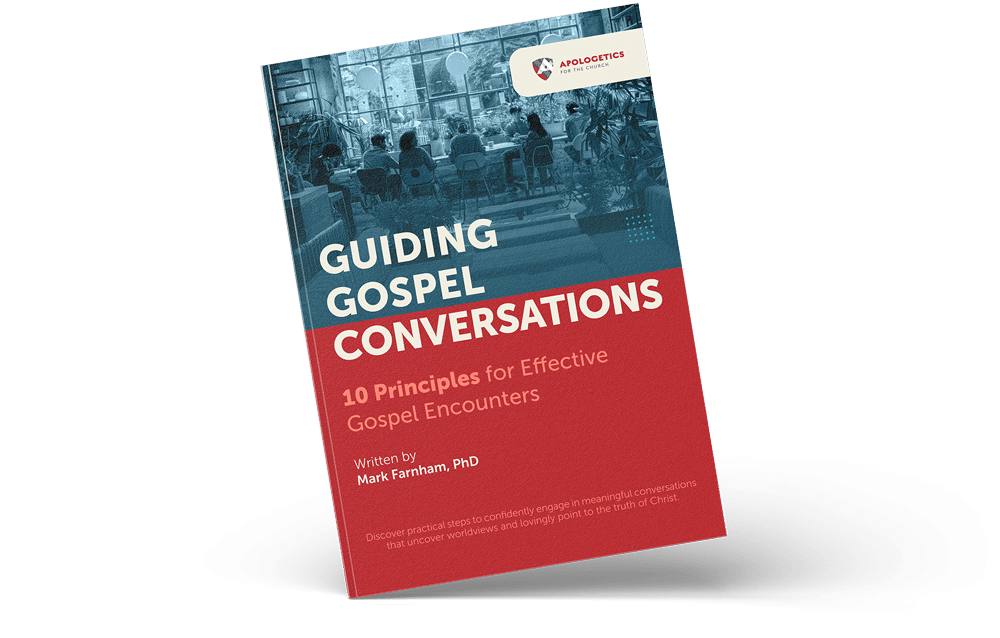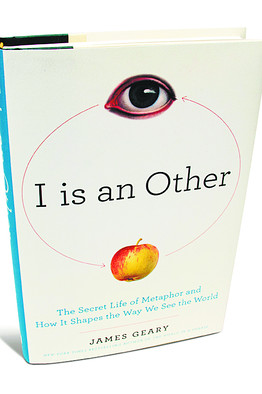Download The Free Guide
Discover practical conversation skills to get unbelievers thinking and make way for the Spirit’s work in their lives.
"*" indicates required fields
I am the Good Shepherd.
I am the Door.
I am the Bread of Life.
How often would I have gathered you under my wings.
My beloved is a bouquet of flowers.
I have fought a good fight.
Metaphor is a powerful tool in communication; so powerful, in fact, that Jesus conveyed some of his most important self-revelations through the medium of metaphor. Solomon and his bride describe the depths of their love through metaphors. Paul’s best words on his ministry and the Christian life are metaphors of fighting, running, farming, educating, and shepherding.
What is metaphor? It is a literary device through which we describe one thing in terms of another. But metaphor’s significance is not in what it is, but in what it does. “Metaphor systematically disorganizes the common sense of things–jumbling together the abstract with the concrete, the physical with the psychological, the like with the unlike–and reorganizes it into uncommon combinations” (James Geary, I is an Other:The Secret Life of Metaphor and How It Shapes the Way We See the World, Harper Collins, 2011, p. 2).
another. But metaphor’s significance is not in what it is, but in what it does. “Metaphor systematically disorganizes the common sense of things–jumbling together the abstract with the concrete, the physical with the psychological, the like with the unlike–and reorganizes it into uncommon combinations” (James Geary, I is an Other:The Secret Life of Metaphor and How It Shapes the Way We See the World, Harper Collins, 2011, p. 2).
In part 2, we’ll expand on metaphor’s ability to shake up our thinking to create new combinations of thought.
Building a Culture of Evangelism in Your Church BI-FOLD DOWNLOADABLE RESOURCE Is your church ready to move beyond one-time events and build lasting momentum...
Charles Haddon Spurgeon was the most famous British pastor at the end of the 19th century. At its peak Spurgeon's church exceeded 5,000 regular attenders, and...
2020 was perhaps the best year of reading I can remember since 1980 when I was fourteen and read twenty Louis L’Amour books and the Hobbit for the first time....